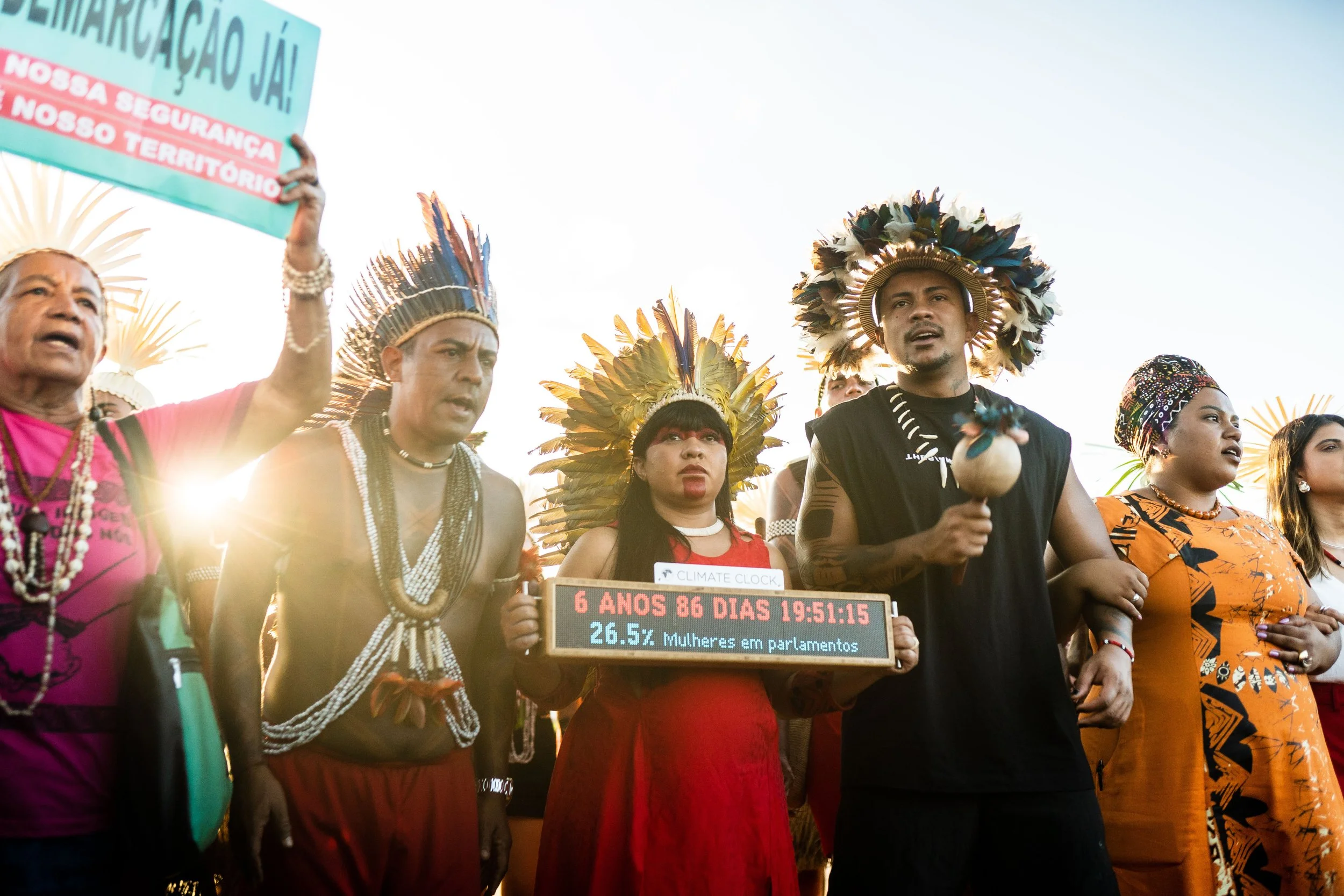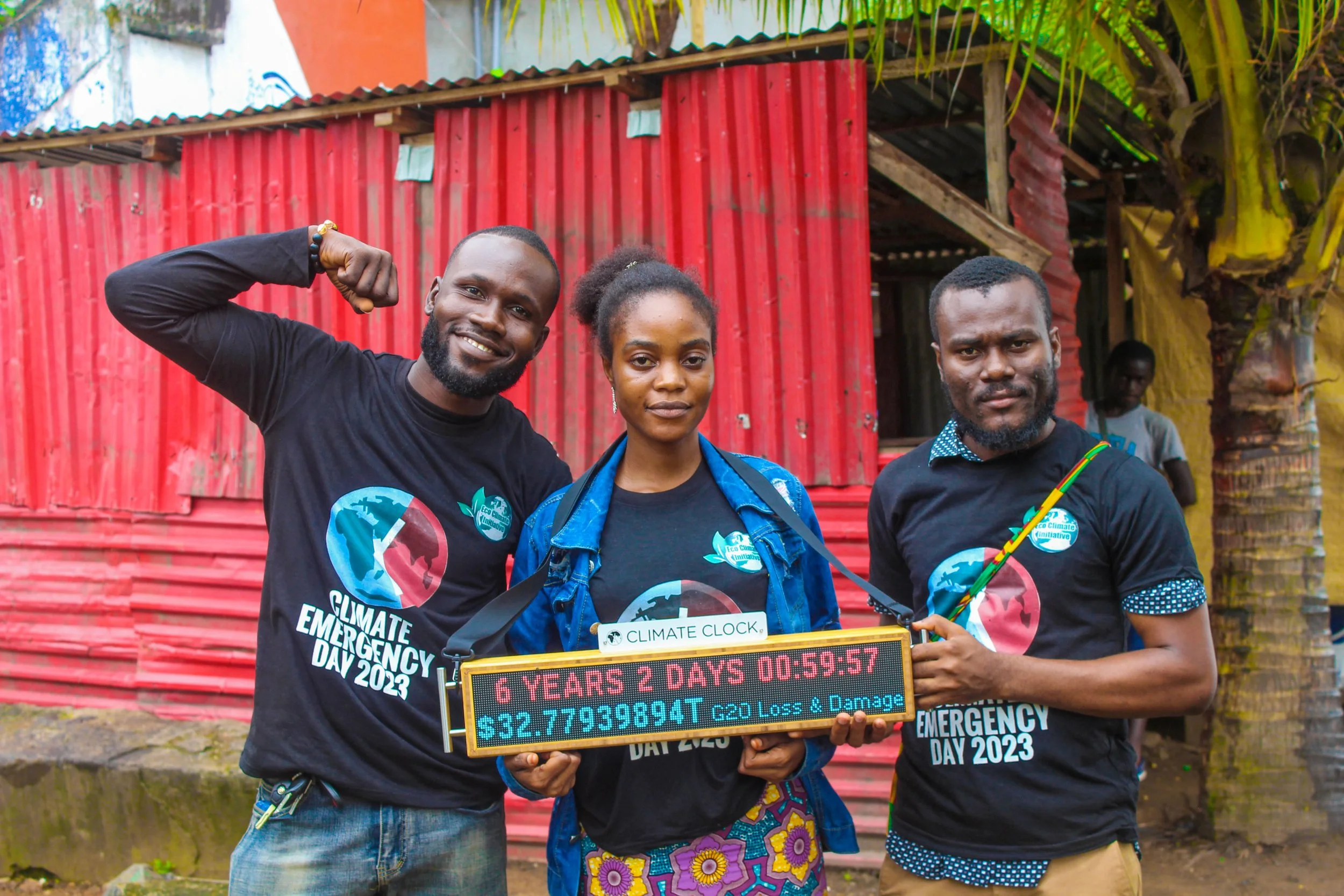Lifeline:
RENEWABLE ENERGY
Around three-quarters of global greenhouse gas emissions come from the burning of fossil fuels for energy. To reduce global emissions we need to rapidly shift our energy systems away from fossil fuels to renewable sources of energy – especially wind and solar.
Why Renewable Energy?
The world’s current global energy system is heavily dependent on fossil fuels – oil, gas and coal – which are not only unsustainable, but are the primary cause of climate change. A swift transition to renewable energy is essential to reduce carbon emissions and mitigate the impacts of climate change. Renewable sources like solar and wind are abundant, clean, and scalable, making them the most viable long-term solution for meeting global energy needs.
The Goal: Increase Renewable Energy to 100%
Our goal is to increase the global share of energy generated from renewable sources to 100%. Achieving this will require significant investment in renewable energy technologies, policy reforms, and international cooperation to phase out fossil fuels.
Data
“Renewable energy” refers to the sum of energy generated from hydropower, solar, wind, geothermal, wave and tidal, and bioenergy sources. It does not include energy from traditional biomass (wood, crop residues, and charcoal), as global data from these sources is limited.
Data for the Renewable Energy Lifeline is sourced from Our World In Data, an open source database and a project of the Global Change Data Lab and the Oxford Martin Programme on Global Development at Oxford University.
According to Our World in Data, renewable energy made up 11.41% of the share of global primary energy consumption in 2019.
The clock currently assumes an annual percentage change in renewable energy share of 5.655% relative to the previous year - the average growth rate in renewable energy share from 2016-2019. This rate is updated each year as annual data becomes available.
Full Citation: Hannah Ritchie and Max Roser (2020) - "Renewable Energy". Published online at OurWorldInData.org. Retrieved from: Our World In Data.
For more on Our World In Data’s methodology, click here then and click the “Sources” tab on the chart.
How to Use This Lifeline:
Use this lifeline to advocate for policies that promote renewable energy development. Support initiatives and institutions transitioning to renewable energy, and demand that governments and businesses prioritize clean energy solutions.
See it in Action
VIEW LIFELINES
Indigenous Land Sovereignty
Displays the total area of land and inland waters currently managed by Indigenous Peoples and Local Communities (IPLCs) worldwide.
Climate Finance
Tracks the climate debt owed by wealthy, high-emitting G20 countries for the impacts their carbon emissions have caused, especially to those in "developing" countries.
Gender Parity
Tracks the percentage of women represented in national parliaments around the world, emphasizing equal participation in decision-making.




